Introduction
In the previous post I discussed how the UX techniques of User Archetypes and Personas could be applied to LARPs. This time I’m going to follow on with a similar approach – showing how User Journeys can be applied to LARP. Again, these will be of more benefit for larger games, although smaller games might also benefit from thinking about them.
User Journeys
Picking Goals
User Journeys are a technique used to determine what a user must go through to reach their desired goal.
In general, they also keep in mind the business goals of the product being designed – if the user goals and business goals don’t meet up, then the business isn’t likely to do well. To put it simply: If the business doesn’t help the user meet their goals then they won’t get or keep the users, and if the users don’t act in a way that gives the business what it needs to succeed… then it won’t.
When creating user journeys, you usually do so with a particular user goal and a matching particular business goal in mind. This pairing of business goals and user goals is a way of ensuring that the business benefits from the customer having a good experience, rather than the two being at cross purposes.
Working through an example of this in a LARP context, we’ll work through an example with the following goals:
- User goal – “I want to enjoy my first game”
- Business goal – “We want to increase our regular player base”
The user goal implies that a player wants to get to their first game and have a good time. The business goal implies that the people running the game want the player to get to their first game and to keep coming back for more. These two goals work together, and having both of them listed keeps it clear why the business should be interested in the user’s goal.
Who’s on the Journey
In the previous post I discussed archetypes and personas – these are ideally suited to the process of putting together a user journey. In this instance, the obvious persona to pick up on from the last post is Fi the First Time LARPer, although she’s not the only persona that applies here. Any of the player archetypes I listed in that same post could be relevant, and should have personas created for them an a user journey created for this pair of goals. The other personas would be relevant because whilst they may be long established LARPers, they may not have played this LARP before, and so can be “first timers” in that sense.
That said, for this example, we will focus on Fi for now.
What needs to happen for Fi to achieve her goal?
Several things need to happen for Fi to enjoy her first game – some of which she knows about already, and some of which she doesn’t. I’ll try to list a few of them below. I’m assuming that this is for a larger weekend event that involves travelling and camping overnight. Below is a non-exhaustive list of things that need to happen (or not happen), placed in something near to the order in which the needs should be fulfilled. These needs may not apply to all games, and the order may differ widely, but this seems to make a kind of sense.
- She needs to know about the game (we already know from her persona that she”s heard about it via word of mouth from friends)
- She needs to know what kind of game to expect
- She needs to book a place at the game & pay for it
- She needs to generate a character
- She needs to get to the game and onto the site
- She needs to get to her campsite and get her tent set up
- She needs to get into costume
- She needs to be able to buy things she needs that she didn’t think to bring
- She needs to sign in and collect any special ability related paperwork or props
- She needs to start playing
- She must get involved in the game
- She mustn’t get sidelined by more experienced players
- She mustn’t get lost in the rules
- She must be able to find her way around the site
- She mustn’t be horrified by the on-site hygeine
- She needs to eat and drink enough
- She must get the amount of sleep she wants
- She must always be able to find something to do
- If she is injured, she must get prompt, appropriate care
- If she decides to return, she’d like to be able to buy her own equipment and costume
That’s far from everything, but it’s enough to be getting on with. Now that we have these, we want to tell a story of how we’d ideally like Fi’s event to go. There are a couple of ways that I’ve used in the past to do this, one of which is telling the ideal story and comparing it to reality, the other is to tell the woeful story of the worst experience, and then identify the places in that story where it all goes wrong and how to prevent them.
In either case, working through the story can be done by just one person, but you’ll get far better results if you tackle it with at least two. With two people, you can make use of a tabletop roleplaying approach. One of you picks up Fi’s persona as if it was a character sheet, background and brief, the other takes on the role of GM, providing responses to the player’s actions and placing appropriate barriers or constraints in her way to make sure things are realistic. The GM also needs to ensure that the player doesn’t “cheat” by using knowledge that Fi wouldn’t have – using out-of-character knowlegde when taking a persona through a user journey is frowned upon just as much in user experience design as it is in gaming!
Finding Fi’s Ideal Story
The ideal story is trickier than it sounds, as you have to make sure all the bases are covered, and that the protagonist never achieves things by magic. In this approach, the GM needs to be firm but fair – they need to make sure that things stay realistic and that people don’t skip over the dull bits – if there are dull bits, you need to know and understand them so that you can stop them from being dull.
Using Fi as an example, in the ideal story she needs to achieve all of the goals listed above. Looking at goal 6 from the list:
- She needs to get to her campsite and get her tent set up
This seems straightforward at a glance, but the last goal she achieved before that (goal 5) was just to get on to the site. There’s a fair few gaps that need to be filled in between achieving that goal and having her tent set up…
- How does the friend who drove her to the event know where to park?
- How does she know where she’s camping?
- How does she know how to get from the carpark to the area where she needs to camp?
- How does she get her stuff from the carpark to her camping area?
- Once she’s at her camping area, how does she know where she should pitch her tent?
Filling the Gaps
All of the questions above need to be answered before she can move from the state where she’s arrived at the site to the state where she’s pitched her tent. There’s undoubtedly more such questions, but these are enough to use as an example. There needs to be a good, reliable and resilient system in place to ensure that all of these questions are answered. The questions about where things are and how to get between them can be answered on a basic by good maps and signage, but human beings on hand to direct people… particularly as the answers may depend on knowledge that Fi doesn’t have yet.
As an example, at larger fest
events there are often multiple camping areas on a huge site, with different player groups camping in different places.
A map showing which groups are camped where doesn’t help if you don’t yet know which group you’re with. The chances are that Fi is camping with her friends and that they will know which group she’s with, so they would be able to fill in that blank. If we diverge slightly from the persona, though, and treat her on her own, she may not now what group she should be with. In that instance, she’d be lost without being able to find out which group she should be with. A marshall would be able to help her check her character details and work something out, further improving her experience. Likewise, if she didn’t have her character details to hand (if they were packed in a rucksack, for example) then a marshall with a radio would be able to call into the operations desk and ask them to look up her details.
This leaves us with four ways to help bridge those geographical gaps:
- Map – Helpful if you know what your aiming for, but requires you to have the map with you at the time! Can show anything of significance
- Signposts – Helpful if you know what you’re aiming for, does not require you to be carrying anything. Can’t signpost everything.
- Marshall – An obvious member of staff who can help direct people to where they need to be. If the player doesn’t know where they need to be, they can help work it out. Obviously, this only works if the player can find the marshall.
- Marshall + Radio – As above, but backed up by extra information and resources from the operations desk / game organisers.
For the logistical question of getting her stuff to the campsite, Fi doesn’t have much stuff, so she can carry it. However, what if she’d twisted her ankle on a dodgy kerb at a service station on the way, and so didn’t want to carry her bags and a tent? At smaller events she can just ask somebody or get her friends to help… but at larger events it’s not uncommon to have some kind of transport assistance on hand – a quad bike and trailer service (or at least handcarts) are often available for a small fee, although you frequently have to queue for them.
- Handcart / Other Transport – As long as you know it’s there, luggage transport can be a benefit for people who can’t carry their belongings to camp, if they’re prepared to wait a bit longer and know were to queue.
Then the final logistical gap to be filled is how to work out where to pitch your tent. Again, there are several ways to solve this, some of which are listed below:
- Another Marshall – Who can explain the layout of the camping area and direct you to appropriate pitches
- Campside Map – More detailed than the main map, a campsite map on a noticeboard near the area entrace could show the rough layout
- Marked areas – Marking areas to be kept clear or areas specifically for pitching tents will help show people where they should or should not go
This all covers how Fi can get from goal 5 to goal 6.
An Excerpt from Fi’s Ideal Story
Given the above, part of Fi’s ideal story could be as follows, with the things responsible for filling gaps marked in bold:
“When we arrived on site, the marshall (with radio) at the main gate (Gate A) checked our tickets and marked us off on a list. He said he could check us off with some ID instead of the tickets if our tickets were packed in the boot. He handed each of us a booklet with a map and a few extra guidelines about the site. He also pointed the carpark out to us, and the entrance gate (Gate B) that we’d need to go through when we’d parked. He also said that if we needed help with luggage, we could queue at the sign by that gate for assistance from a guy with a quad-bike and trailer. We weren’t going to need it, but it was good to know it was an option, in case I need it next time I come.”
“When we’d parked, we got our stuff out of the car and headed for the gate. The marshall (with radio) at Gate B asked us if we knew where we were going… when we told him we were camping with the Weasels faction he quickly pointed the route out to us, and mentioned that it was signposted, so we should be fine. He also made a joke about hoping we had a good night’s stealing and backstabbing… to which my friends jokingly replied that honest Weasels would have no part in such things. It wasn’t much, but it helped put me at ease.”
“It didn’t take long to follow the signs to the camping area, and when we got there, we found a map on a board just inside the entrance. It showed us that the area nearest the camp entrance was an “IC” area, which apprently means that any tents within it are In-Character, and that we should only camp there if we’re comfortable with that and can make our tent look like it’s in keeping with the setting. We only have a modern dome tent, and this is a fantasy setting, so that wasn’t for us. Further back in the camp is Out-of-Character, so anybody can camp there, and further back, the other side of a clump of trees was a small quiet area for people with children or who were likely to want an early night. The map also showed where we needed to keep access routes clear, and told us they’d be marked with rope fences. Whilst we were looking at the map, another marshall came up and asked if we needed anything – we didn’t, so we went and pitched our tent in the Out-of-Character area.”
This covers from Fi’s arrival on site to having her tend set up – which is often an area of planning that’s forgotten about as effort tends to be focussed on the game itself.
Comparing to Reality
The next step here would be to see how much the reality diverges from this… At a large fest event, if there is no indication of what somebody arriving on site should do next, newcomers are going to get a confusing and disconcercerting first experience of the event. This could put them on the wrong foot and spoil things for them – being in a new environment and having no idea what you’re supposed to be doing is never a good place to start.
The list of things that fill gaps up above (the things in bold in the story) are all things placed into the environment by the organisers, and it could be considered that they are all affordances, suggesting forms of interaction to the players, whilst simultaneously suggesting what form that interaction will take and what the result will be:
- Maps – A map invites the player to view the map, which affords geographical knowledge
- Signposts – A sign post invites player to follow the sign’s direction, which affords a route to the indicated destination
- Marshall– The presence of a clearly identifiable marshall invites player to ask questions or seek assistance, at which point the marshall affords personalised knowledge pertinent to the question
- Radio – The radio is an affordance for the marshall – it invites the Marshall to communicate with operations, affording deeper knowledge about the player or situation
- Handcart / Quad-Bike & Trailer – Invites players to place baggage in cart/trailer, affording painless transport of luggage to camping area
- Marked Camping Area– Invites players to camp within the area, affords knowledge about permitted camping areas
- Rope Fences – The rope fences are at once an affordance and a constraint – In this instance, they’re more of a constraint, as they mark areas to avoid.
On
ce you’ve got these worked out, you can see what you’re missing, what the problems are with providing them, and think of ways around those problems.
For example, maps are easy enough to make, but you need to be able to produce enough of them… which means either knowing your numbers, or having the means to produce them on site. If you can’t do that, then having master maps with “you are here” markers at key locations could be an acceptable compromise. If you have no maps at all, then you will have to accept that wherever one of your user journeys (not just Fi’s journey) relies on a map, that part of their experience will not meet expectations. You’ll either have to accept that shortfall or find another way to make that experience work.
Signposts must be planned for and created ahead of time, but you only need to put them on junctions of major paths around the site, so not that many are needed. You also need to be able to securely mount them in some way, which may not be possible in some locations, or the signs may be vandalised or stolen. If, for some reason, you can’t use signs, you’ll need to find other ways to replace them or remove the need for them in each user journey.
Marshalls require human beings to stand around waiting for people to need assistance, and it’s not always the best job in the world. They’re also usually volunteers, and you can rarely get enough of those. If you don’t have enough people, could you make do with less, with some kind of schedule to make sure that one of them visits each location where they are needed every few minutes? Or is there a way you could recruit and train more – perhaps a way to reward them for their assistance? Radios have an associated cost and as such it’s unlikely that every marshall will have one – you need to find a way to spread the benefits of those radios around to make sure that no marshall is left unable to get assistance. Likewise, marshalls need breaks from time to time, and need something to do when nobody needs help – these are things that you need to consider… but the user experience of game crew is something I plan to cover in a future post.
Luggage transport assistance – whilst it’s not uncommon at really large events, it’s virtually unheard of at smaller games. If they have it at all, it’s usually on an ad-hoc basis, asking for volunteers to help – and those volunteers may resent it if the game doesn’t benefit in some way from their work. If assistance isn’t provided, it’s probably worth making sure people know how far they’ll need to carry stuff, and that they can’t drive right up to their tent… and that if they have specific requirements, to get in touch. That way you discourage people from bringing unncessary luggage that they’re not prepared to carry for themselves, whilst letting people with a valid need for assistance know they can get it by asking in advance.
Fi’s Tale of Woe and Despair
This approach can sometimes be bleak, or sometimes hilarious… it all depends if it descends into farce or into tragedy – and you don’t always know which it will be when you start. In the previous approach, the GM was firm but fair – striving to keep realism whilst letting the player progress. In this approach, the GM is a dick. Their aim is to make as much go wrong for the persona in question as possible. Everything that could go wrong for the persona should go wrong.
Sometimes, the persona won’t even survive the story, and sometimes they’ll effectively write themselves out of it by severing their involvement with their experience. When that occurs, you can identify what lead to that departure, and what the minimum changes would be to keep them in the story instead. If the “Fi” Persona is being put through the “first game” scenario above, failing to achieve the first five goals would result in her never arriving at the event, so in this instance we work out what the worst experience would be that still resulted in Fi reaching the site, and pick up from there.
As a result, we sum up the situation at the point that
“Fi the First Time LARPer’s friends have talked her into attending a game. They’ve managed to sell her on it by saying how much fun it is, but they’ve not really given her much detail about what folks actually do when they’re there. They’ve just said ‘you’ll pick it up’ and left it at that. After a lot of hassle, she eventually managed to book a spot and pay for it, which didn’t fill her with confidence about the event… but she’s paid now, so can’t afford not to go. Her friends wrote some skills on a bit of paper and told her that’s what she should play. She doesn’t really know what much of it means as the rulebook may as well have been written in martian. She arranged to get a lift with Bob the Bastard – a friend of a friend who she finds a bit creepy. He kept touching her knee with every gear change on the drive up, and they ended up having a blazing row about half an hour ago – and have driven in stony, awkward silence since. They have just, at long last, arrived at the main gate to the site – several hours late and in the middle of an epic thunderstorm.”
Having set the scene, we can now continue with Fi’s horrific first LARP experience.
“In the dark and the rain, Bob couldn’t really see where he was driving, and the ground was just slippery mud anyway… and he couldn’t actually get to the carpark. He ended up driving into a ditch, leaving the car halway onto it’s side, with Fi’s door against the bank. She had to clamber over the gearstick and the driver’s seat to get out, and twisted her ankle quite badly in the process. Whilst she was climbing out, Bob was getting stuff out of the boot. He was carrying his stuff, but anything of hers, he was just dumping on the wet, muddy ground. When she’d eventually got out of the car and onto her feet, Bob was already marching off in an angry huff, locking the car remotely as he went – leaving her in tears by her wet belongings”
“Fi grabbed what she could of her stuff, but with her twisted ankle she really couldn’t carry all of it, so had to leave some of it. Some of it had already been blown down the track towards the carpark by the howling gale anyway. She tried to follow after Bob, but he didn’t wait for her, and the rain and the dark meant that he was soon out of sight. She tried to find somebody to help her out, but couldn’t see anybody around, so she kept on hobbling through the rain in the same direction until she eventually found some tents.”
“She didn’t know where she was supposed to pitch her tent, but she could see some people around a fire under a canopy further into the campsite, near some fancy looking tents. Figuring they must know something, she headed their way to ask for help, only to be told ‘Can’t you see we’re in character? Fuck off!’. Having run out of tears and feeling alone and unwelcome, Fi went back to an empty patch amongst the tents. She figured that she’d be able to put her tent there now and move it in the morning if she needed to. Of course, putting the tent up in the wind and the rain isn’t easy, and it’s worse with a twisted ankle. Fi eventually managed to get it close to erected, but she was pretty sure it wasn’t up properly – it kept flapping about in the wind and didn’t look very sturdy. It was also soaking wet, both inside and out. Nevertheless, it was up, and she just wanted to go to bed and for the day to be over, so she went inside with what was left of her stuff.”
“Alas, it turned out that it was her sleeping mat that she’d seen blowing away down the road, and her sleeping bag was soaked through and unusable. When she found her phone, she found she had no battery charge left. In the cold and the wet, she changed into some of the dryest clothes from her bag and wrapped herself in the rest before settling down to cry herself to sleep.”
“It was a broken nigh
t’s sleep, being periodically woken by the cold, the tent flapping about in the wind or just by noise from outside. Close after dawn, Fi was woken by somebody shaking her tent vigorously. She felt drowsy and confused, and couldn’t stop shivering, but she got out of her tent to talk to him. There was a guy standing out there with beercan in his hand telling her she couldn’t camp here, and that she had to move her tent as it was blocking a path. She tried to ask him where she should go to, but he just told her (in a drunken slur) to go and ask at ‘Ops’, whatever that was. She asked him where that was, and he got angry and just started unpegging her tent and shoving it with his feet – she tried to stop him, but he was drunk and belligerent and wouldn’t stop until it was clear of what she could now see was a poorly marked path between the tents. “
“When he’d gone away, she set about picking up the remains of her tent and her belongings. By this point she was just too miserable to want to even talk to anybody else, so she hobbled off with her belonging cradled in her arms, and tried to set up her now broken tent away from everybody. It didn’t go up properly, but it was enough that she could climb into it and lie down again, so that’s just what she did, to shiver the day away.”
“Eventually the rest of her friends went looking for her. The search party found her a day later, starving and suffering from severe hypothermia in the remains of her tent. She was in hospital for some time after that, and hasn’t spoken to some of her friends since. She’ll never LARP again.”
It’s a bit over the top, but it shows how easily a few setbacks can snowball into the worst day ever. It also gives an idea of what the effects of a bad experience can be, and what can contribute to making things worse. It won’t be an exhaustive list, but it will show you where you need to pay particularly close attention, and where you might want to have measures in place to try to salvage an experience.
In this instance, Fi failed at goal number 6. She got her tent pitched, but never managed to get it placed appropriately and never proceeded beyond that point.
Where did it go wrong?
Where didn’t it go wrong. However, there are a few key issues that kept coming up, most of which were aggravated by further issues.
- Poor provision for bad weather. The thoroughfares of the site were not safe to traverse in poor weather, and there was nothing around the try to rectify this or provide alternative routes. This lead to Fi injuring herself upon arrival at the site.
- No visible staff. The fact that Fi couldn’t identify the staff meant that she couldn’t ask them for assistance
- Arsehole players. This isn’t something that game organisers can easily fix, but they can certainly work to create a more welcoming environment, or to reward or recognise people who take a bit of time to make the game better for others.
- Isolation. Fi knew several people on site, but had no means to find them. The one person she did know abandonned her with no information about what she needed to do. After a few interactions with other people, she further isolated herself to avoid any further interactions.
- Lack of information about where to camp. Fi ended up in a different camping area to her friends, and camped in a poorly marked thoroughfare – both purely due to lack of indication of where she should or should not camp.
- Illness & Injury. Fi was injured early on, and no staff or other players spotted it or helped her in any way.
What could be done about any of that?
The biggest part of this exercise is to try to find ways around those key issues. It’s not always going to be easy to do so, but it’s important to work towards fixing them. Some examples would be as follows:
- Ensure that there are game staff available, and that they are visible
- Particularly ensure that the gate is always either manned, or that there is information there on how to find staff – if new arrivals can’t find staff they
- Reward or recognise players who give some of their game to help newcomers
- Ensure that camping areas are clearly identified
- Educate staff (and possibly players) in identifying people who are in distress and providing at least basic assistance
Which of these approaches should I use?
Both have their advantages and drawbacks – the first gives you and idea of what the steps are along the way, and an idea of what can help you make those steps smooth, but it doesn’t really give a good picture of what happens when things fall down. The second gives an idea of what can occur with a specific set of issues, but doesn’t cover all potential issues – just the ones you think of at the time, which is never all of them.
If you’re looking to design the best experience, the first technique is good. If you’re trying to identify which problems are worst, then following up with the second can be highly beneficial.
In either case, you need to make sure that you work through the journey with multiple personas – not just the one. This could be done either as individual efforts, or with an “adventuring party” approach, with a group of different personas. This latter approach can also help you identify where different personas may be expected to support or hinder each other.
Did you notice…?
Neither of the user journeys above ever touched on the game itself. Both stopped before Fi ever got into character and timed-in at a game. That’s a different topic, and is likely to be the next topic in this series of posts – along with using User Flow Maps to map out less linear courses of events.
Feedback?
Any feedback, observations or ideas? Feel free to get in touch and let me know. Discussion of the topics I raise helps a lot when it comes to writing the next article!
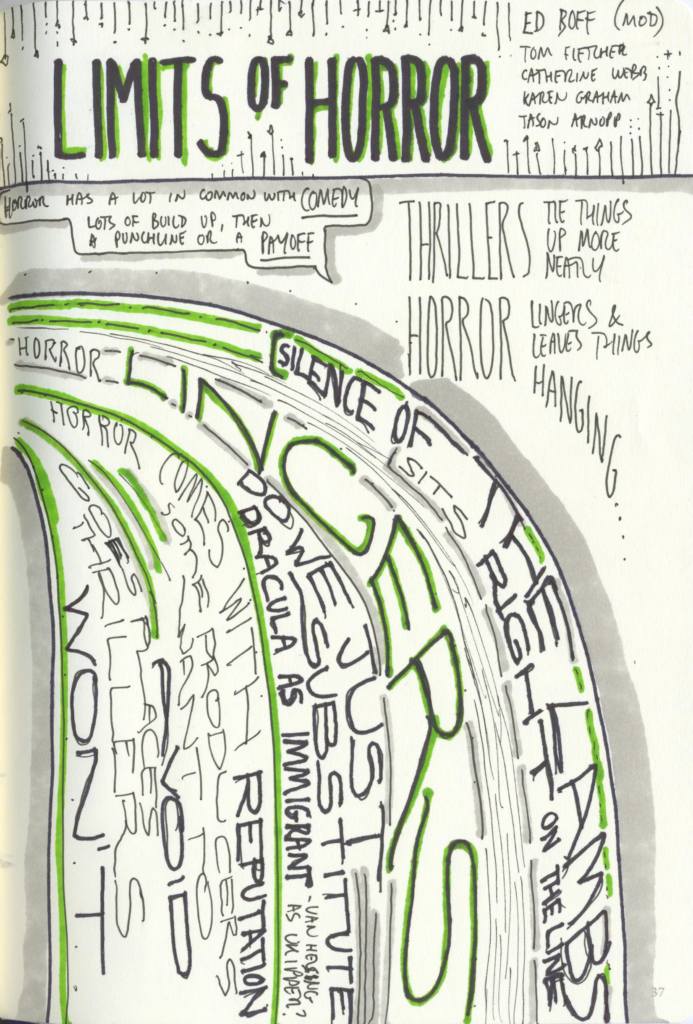
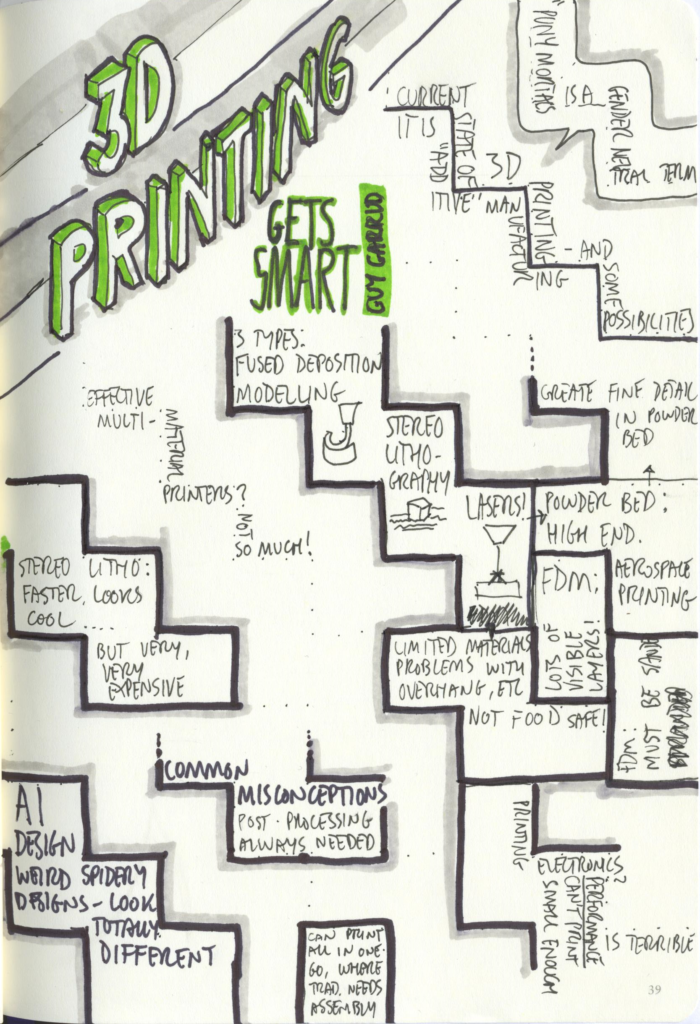
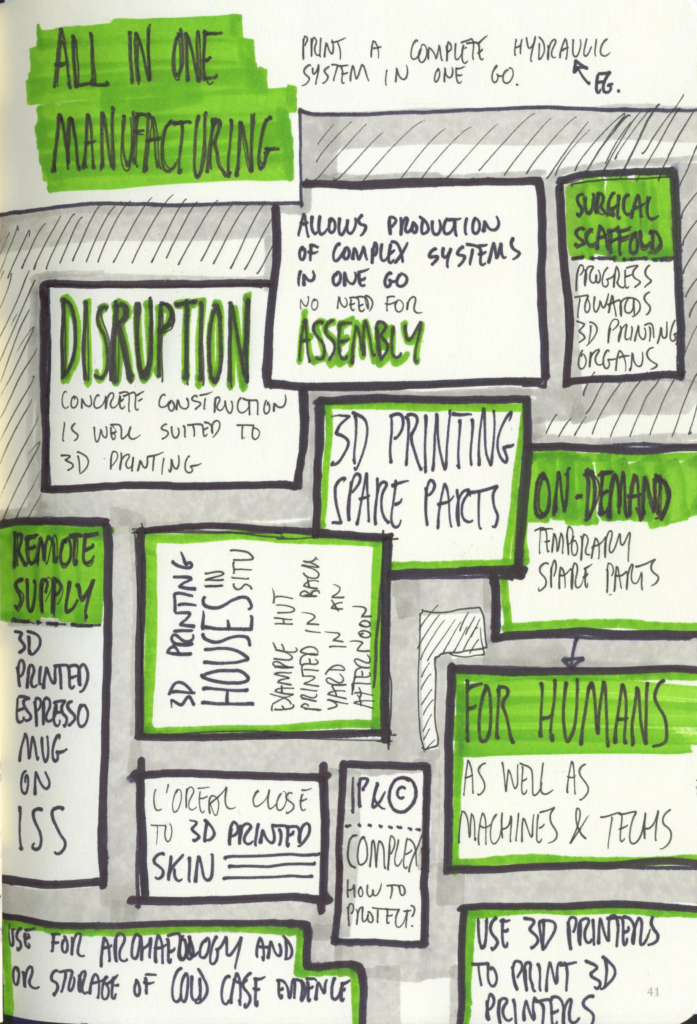
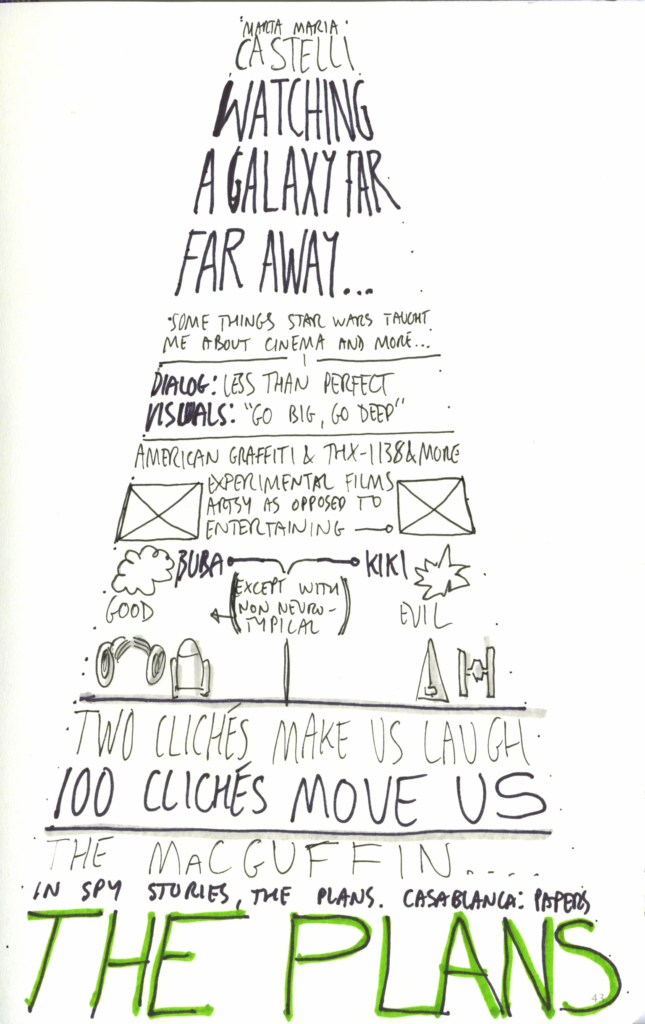
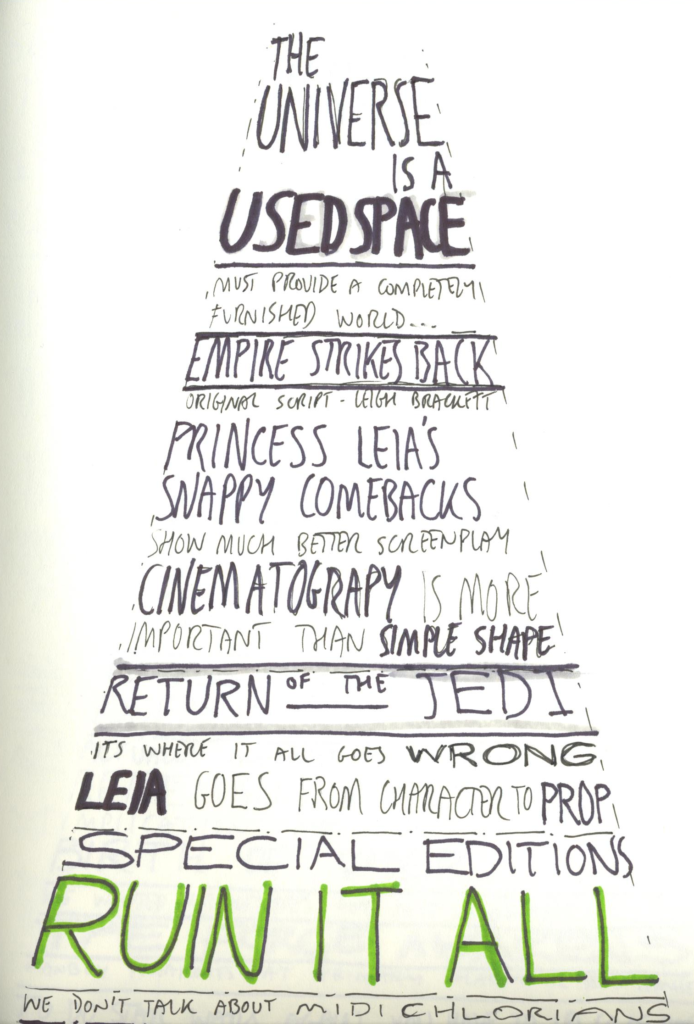
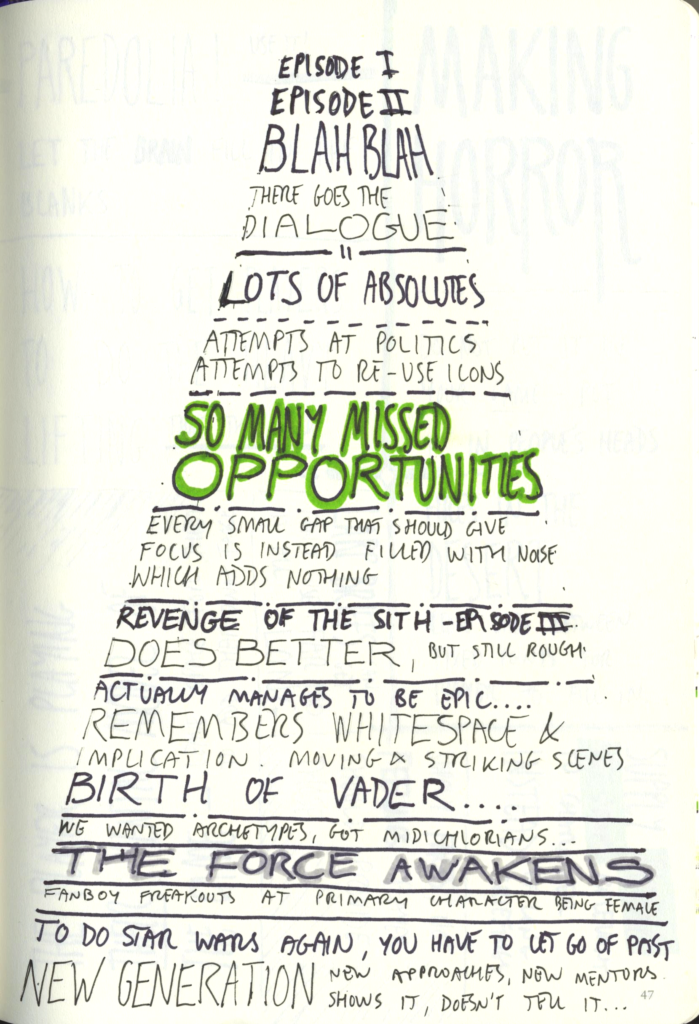
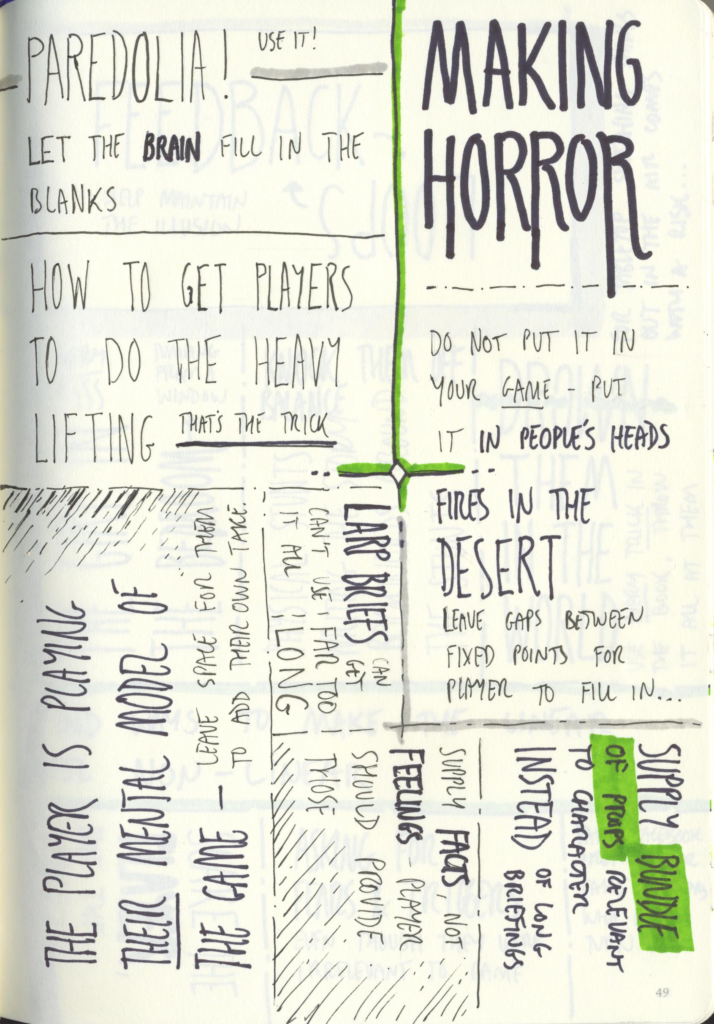
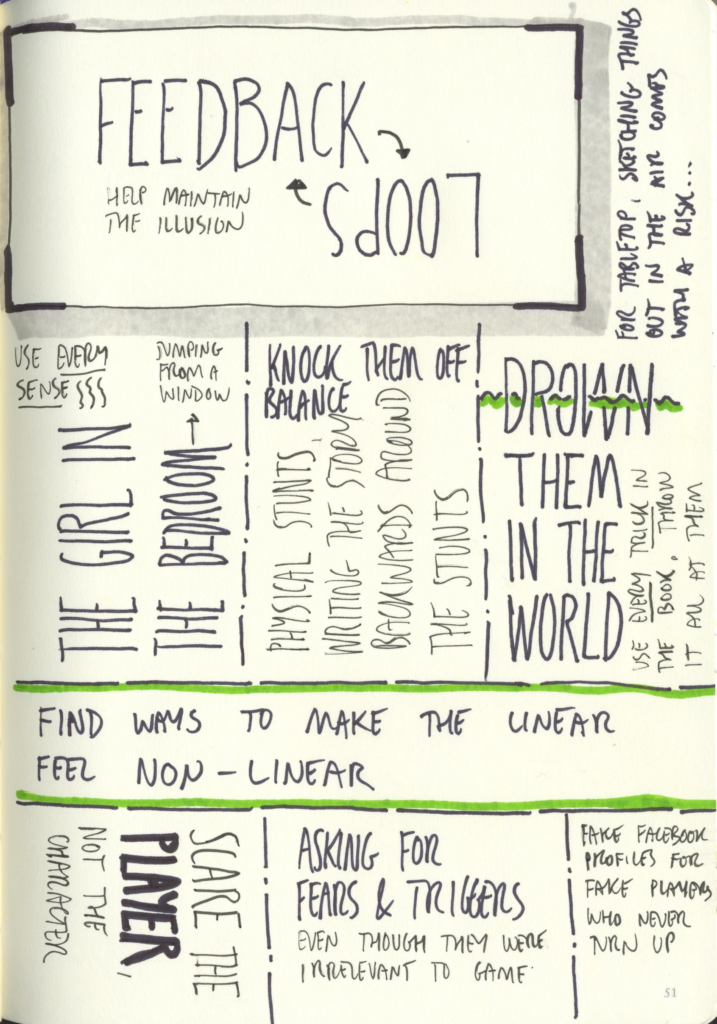
Recent Comments